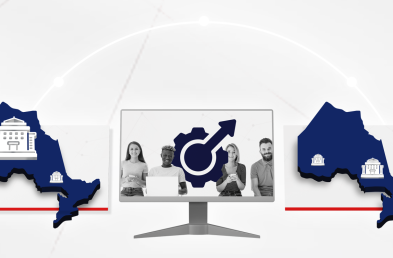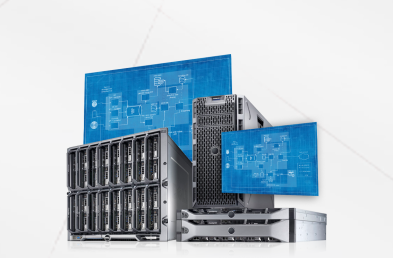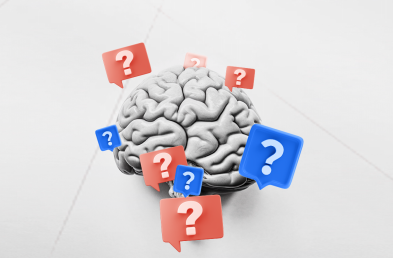Picture this: You’re driving through the city during rush hour, against time for an important meeting. Honks take over your music, people are jaywalking, and SIRI is glitching and giving you confusing directions. What. A. Morning. Right?
Now imagine if all the traffic lights were perfectly synchronized, SIRI was sharp as ever, and everyone moved in a coordinated, harmonious flow. You’d zip through the city with ease, reaching your meeting stress-free and on time.
The same harmony or chaos can happen within an organization. The difference between the two of them is how you build and optimize your workflows and frameworks.
Leveraging the right tools and acting on key strategy components can create harmony and efficiency, leading to a high-performing environment.
Start by auditing your current situation
Before exploring new tools and solutions, it’s essential to map out the current landscape and understand the what, who, why, when, and how of things. This involves examining your existing processes, identifying bottlenecks, and understanding the overall efficiency of your current operations.
- Map Out Existing Processes: Who does what, when, and how? Understand why it is this way, what it is trying to achieve, who executes it, and when and how it happens.
- Identify Pain Points: Where is the bottleneck happening? Pinpoint where delays and errors occur. These are your suspects—areas ripe for improvement.
- Gather Feedback: Gather insights from your team. Be a kid again and ask silly questions to get direct, easy answers and then go deeper. Your team is on the front lines and can provide valuable intel on what works and what doesn’t, and it’s better to do it in a way everyone will understand.
Understanding Types of Users
Identify and understand the users that will interact with the solution you are going to implement. Who is involved? Who is user A, and who is user B? Understanding WHO is crucial to designing an effective framework that promotes efficient workflows.
If you are going to implement a Learning Management System with custom SaaS solutions, users can typically be categorized into:
- Learners/End Users: These are the end-users who will consume the learning content and utilize the tools from a specific and simplified interface. They could be employees, customers, or partners.
- Instructors/Trainers/Supervisors or Team Leads: Individuals who manage teams across the organizations and will lead specific initiatives. In this case, who will lead the development or implementation in specific sectors of the organization?
- Administrators: Those responsible for the technical and operational aspects of the LMS or implemented tools. This could be you or someone from HR or IT.
By identifying and understanding the needs and preferences of each user type, you can tailor your workflows to ensure a smooth and effective user experience.
*Optimal User Experience must be one of the primary goals. The moment a user gets confused or frustrated, is the moment your solution stops working.
Auditing Your Tools at Hand
Before implementing new solutions, it’s essential to audit the tools you currently use. This involves:
- Evaluating Existing Tools: Assess the capabilities, limitations, and integrations of your current LMS, Talent Management, and other SaaS solutions. Then, take a deep dive into Human Capital Management and identify improvement opportunities.
- Identifying Gaps: Determine which functionalities are missing, whether your current tools can be upgraded, or if new tools are required.
- Integration Capabilities: Ensure that any new tools can seamlessly integrate with your existing systems to avoid data silos and workflow disruptions.
Defining Goals: From Learning & Development to Process Optimization
Clear goal-setting is the foundation of any successful workflow. Understand why you are doing this and what you are trying to achieve. Now that you have identified improvement opportunities and understand who is involved and will benefit from this, it’s time to be clear and detailed on the goals and objectives of this change.
Your goals should encompass both learning and development (L&D) and process optimization, creating a balanced environment that fosters growth across the organization.
- Learning & Development Goals:
-
- Professional and Skill Development: Enhance the skills and knowledge of your team members.
- Compliance Training: Ensure that all employees are compliant with industry regulations and standards.
- Onboarding: Streamline the onboarding process for new hires.
- Process Optimization Goals:
-
- Efficiency: Reduce the time and effort required to complete tasks and achieve results.
- Accuracy: Minimize errors and ensure consistency.
- Scalability: Ensure that your processes can scale with your business growth.
Execution Through an Open-Source LMS
Implementing an open-source LMS can be a cost-effective and flexible solution for achieving your goals. A flexible and powerful tool like ALEN LMS can help you achieve all your goals with custom tools and generate a sustainable impact across the organization.
Here’s how to execute the plan:
- Customization: Tailor the LMS to fit your workflows and user requirements. From creating your User Sets to establishing your workflows for different areas, and then integrating said workflows with their corresponding processes and tools, like Policies, Forms, Certificates, etc. ALEN will allow you to produce a strategic integration plan and establish a framework that works for you.
- Integration: Create a hub by integrating your SaaS solutions used across the organization with your LMS. This way, you can distribute content easily and manage documentation and notifications, performance reviews, communications, etc., from one platform.
- Content Creation: Develop engaging and relevant learning content that aligns with your L&D goals.
- Training and Support: Provide training to all users to ensure they can effectively use the new LMS. Establish a support system for ongoing assistance.
- Continuous Improvement: Review and update your workflows and content regularly based on user feedback and evolving business needs. Generate reports and analyze key data to stay consistent with your efforts and keep your strategies aligned with your goals.
Building efficient workflows and frameworks is like getting ready to drive somewhere across the city -you’ll look for the best route, make sure you have everything ready to take with you, know who is carpooling with you, and in the end, make it a nice, enjoyable drive.
It’s a strategic process that requires planning and execution, and it can significantly enhance your business operations and the overall well-being of your employees. Embrace the power of a well-designed Learning Management System to streamline processes, boost productivity, and foster a culture of continuous learning and improvement.
What else would you do to ensure optimal results when establishing a new framework?




